September 15th is dedicated to linguine, the flat Italian pasta that means “little tongues” and is similar to fettuccine, but just a little narrower. Made from durum semolina flour, linguine is one of the world’s oldest kinds of pasta.
On National Linguine Day, it’s not only a great time to enjoy a linguine pasta dish, but also to understand that pasta requires special care when serving and storing. Most people are surprised that cooked pasta presents a food illness risk and that pasta leftovers are refrigerated safely for only 3-4 days.
Use the hashtag #NationalLinguineDay on social media to post your linguine dishes or find deals!
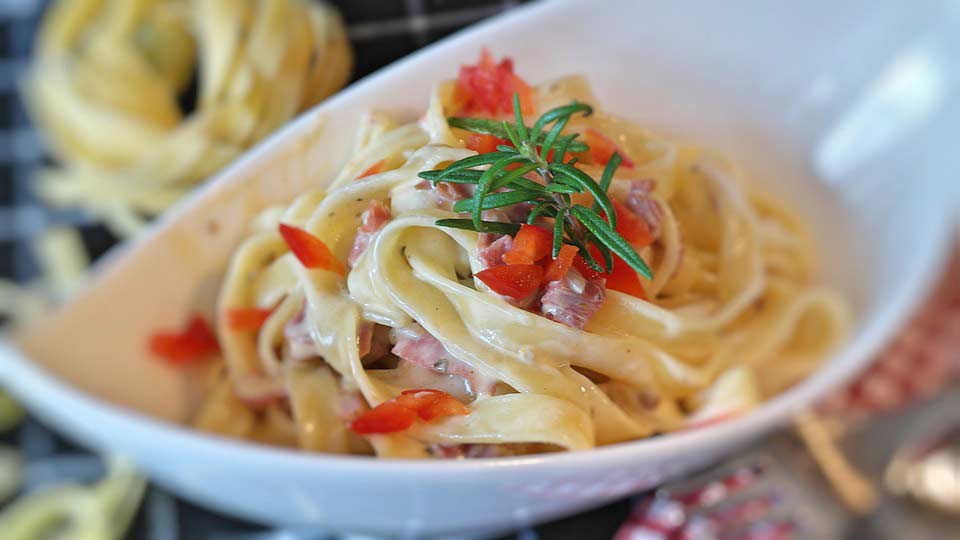


Bacillus cereus
Once pasta is cooked and begins to cool, bacteria can grow very easily and toxins are formed by a bacteria called Bacillus cereus, which can cause foodborne illness.
Bacillus cereus or B. cereus is a type of bacteria that produces toxins. Bacillus cereus is a well-known cause of foodborne illness, but infection with this organism is not commonly reported because of its usually mild symptoms.
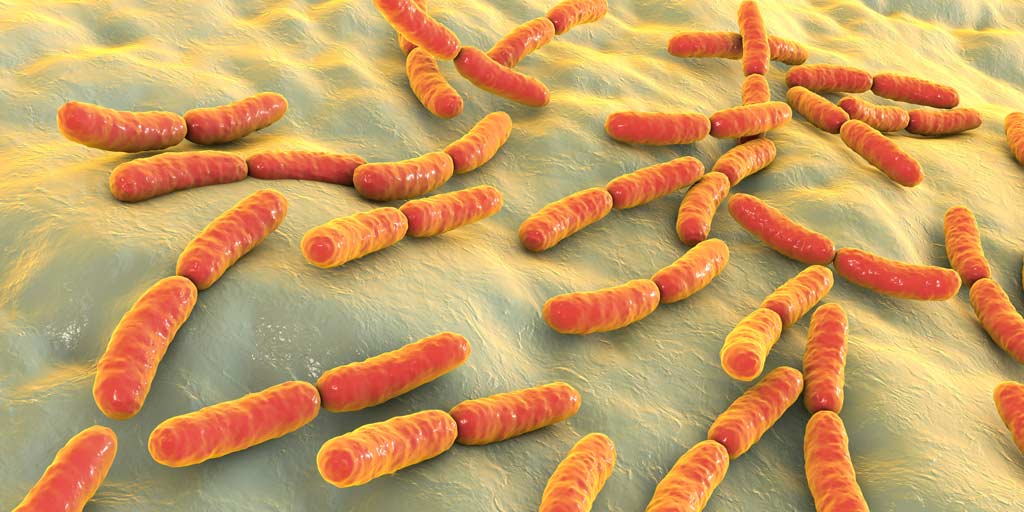


The toxins from can cause two types of illness: one type characterized by diarrhea and the other, called emetic toxin, by nausea and vomiting.
Bacillus cereus bacteria are present in foods and can multiply quickly at room temperature. If cooked food is allowed to cool, slowly the spores can germinate and reheating or lightly cooking the food will not destroy this toxin. The bacteria can also grow and produce toxin at refrigeration temperatures, it just does so much more slowly than at room temperature.
- Learn about proper hygiene, cross contamination, cold and hot food safety, foodborne pathogens, and best practices to prevent foodborne illness.
- Food Manager Training & ANSI Certification - $99.00
- Food Handler Training - only $7.00!
- HACCP Training: 16hr/4hr/1hr
- Food Allergy Training - $15.00
- Enter Promo "train10off" at Checkout
Bacillus cereus Food Illness Details
| Sources | A variety of foods, particularly pasta, rice, as well as sauces, soups, and other prepared foods that have sat out too long at room temperature or too long in the refrigerator as leftovers. |
| Incubation Period |
|
| Symptoms |
|
| Duration of Illness | 24 hours |
| What Do I Do? | Drink plenty of fluids and get rest. If you cannot drink enough fluids to prevent dehydration, call your doctor. |
| How Can I Prevent Illness? |
|
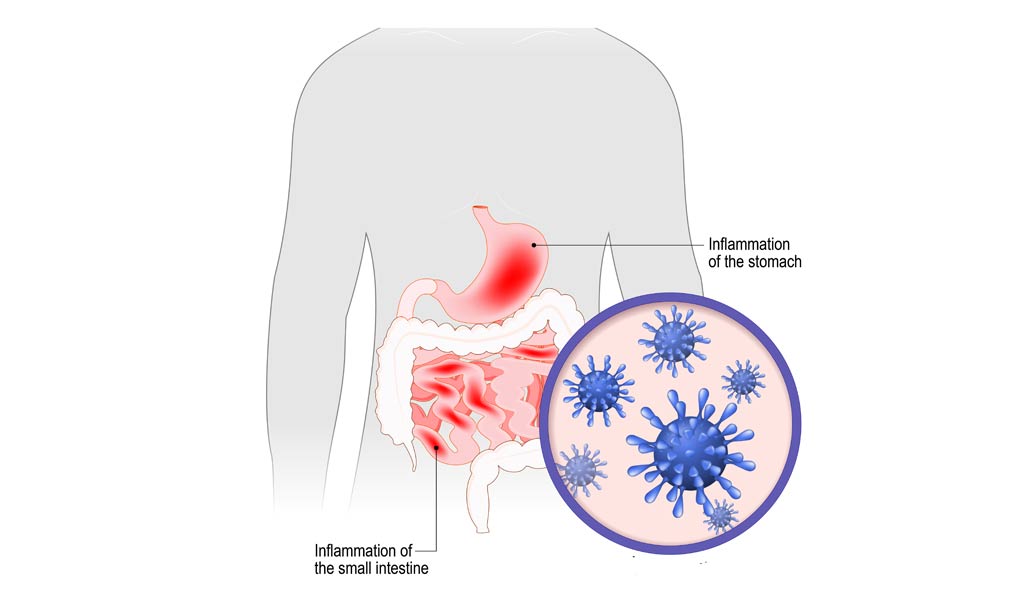


High Risk/Low Risk Foods for Bacterial Growth
High-risk foods are those that have ideal conditions for bacterial growth. This means they’re usually:
- Neutral in acidity
- High in starch or protein
- Moist
Examples: Foods such as raw meat or seafood, cooked rice or pasta, eggs, and dairy are all considered high-risk because they provide the perfect environment for bacteria to grow. This is why it’s essential to practice proper food handling when dealing with these foods.
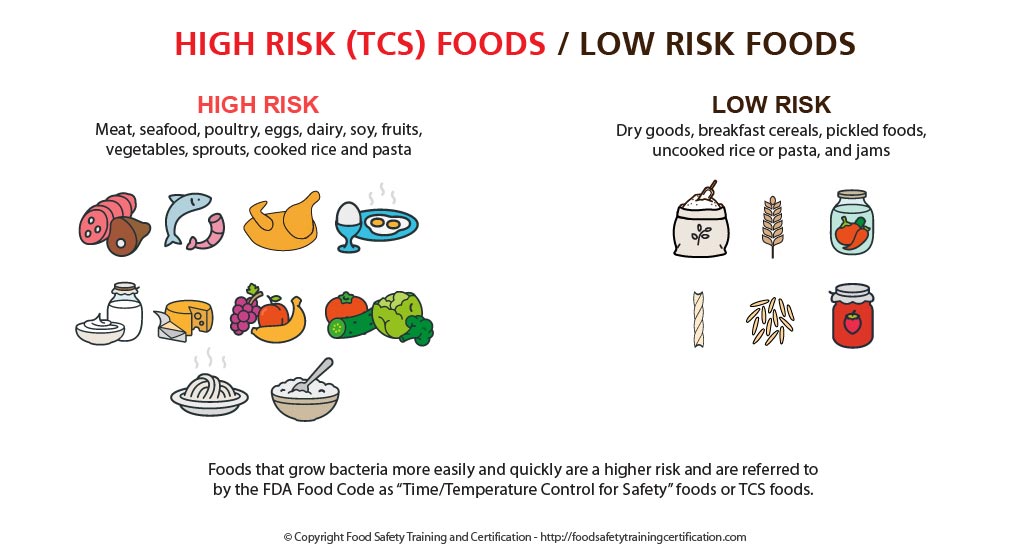


Bacteria “Danger Zone” (40°F – 140°F)
Leaving food out too long at room temperature can cause bacteria to grow to dangerous levels that can cause illness. Bacteria grow most rapidly in the range of temperatures between 40°F and 140°F, doubling in number in as little as 20 minutes. This range of temperatures is called the “Danger Zone”.
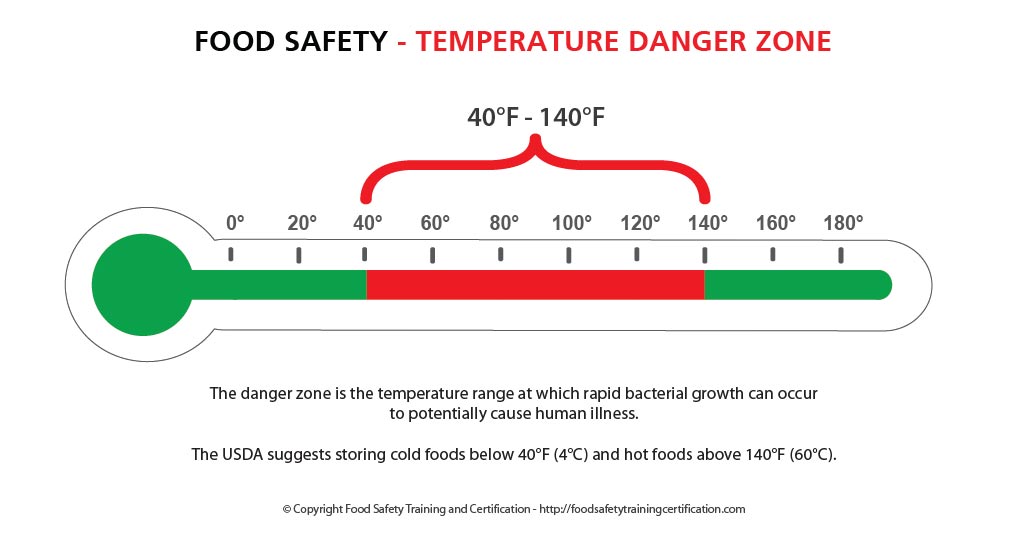


Two Hour Rule
Two hours is the maximum time perishable foods should be at room temperature (one hour at temperatures 90°F and higher). This includes the time they’re on the table during your meal.
Reheating food may not make it safe. If food is left out too long, some bacteria can form a heat-resistant toxin that cooking can’t destroy.
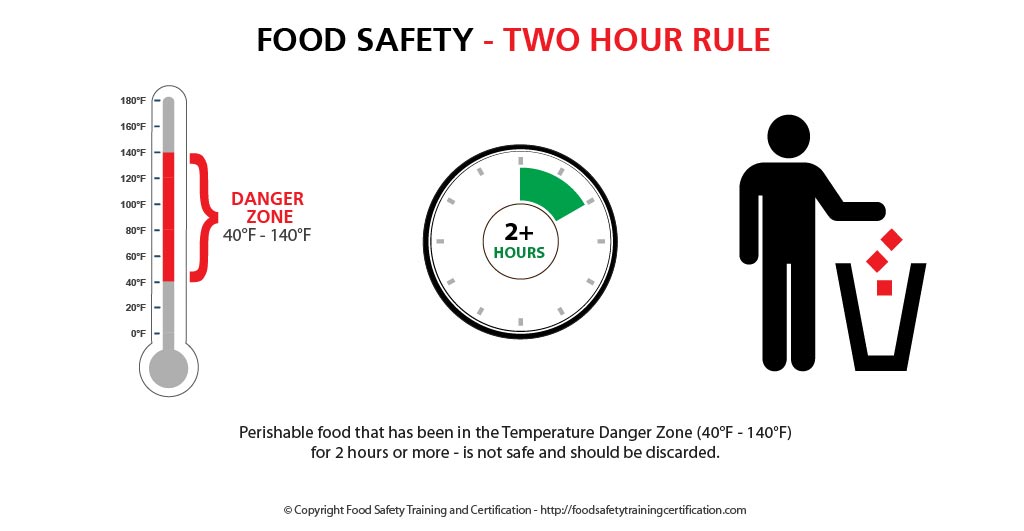


People More Vulnerable to Foodborne Illness
Foodborne illness can affect anyone who eats contaminated food. However, certain groups of people are more susceptible to becoming sick with a foodborne illness. These groups include:
- Pregnant women;
- Infants and young children;
- Older adults;
- People with weakened immune systems from medical conditions, such as diabetes, liver disease, kidney disease, organ transplants, or HIV/AIDS.
- People taking certain kinds of medications for medical conditions – or receiving chemotherapy or radiation treatment.
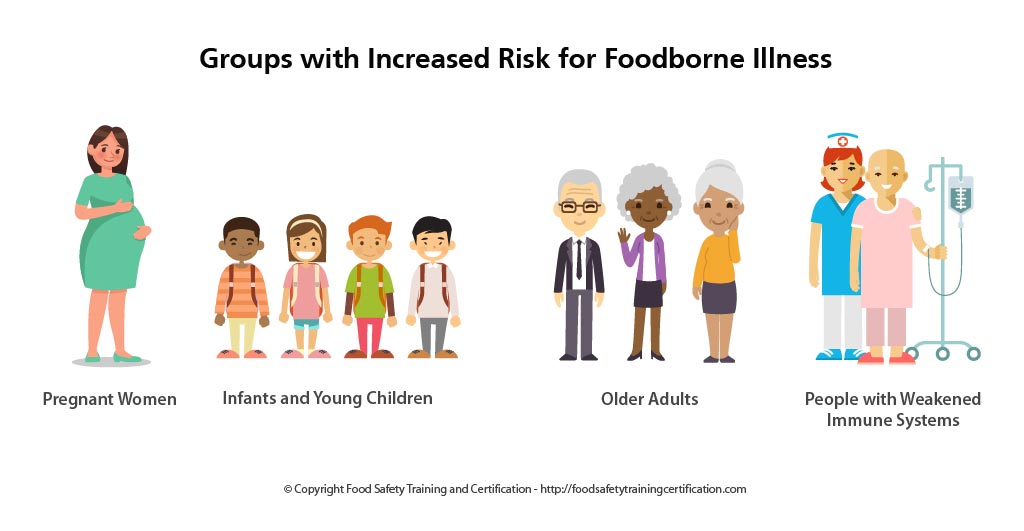


Summary
It is very important to understand why and how pasta can make you sick when you are more vulnerable to foodborne illness.






